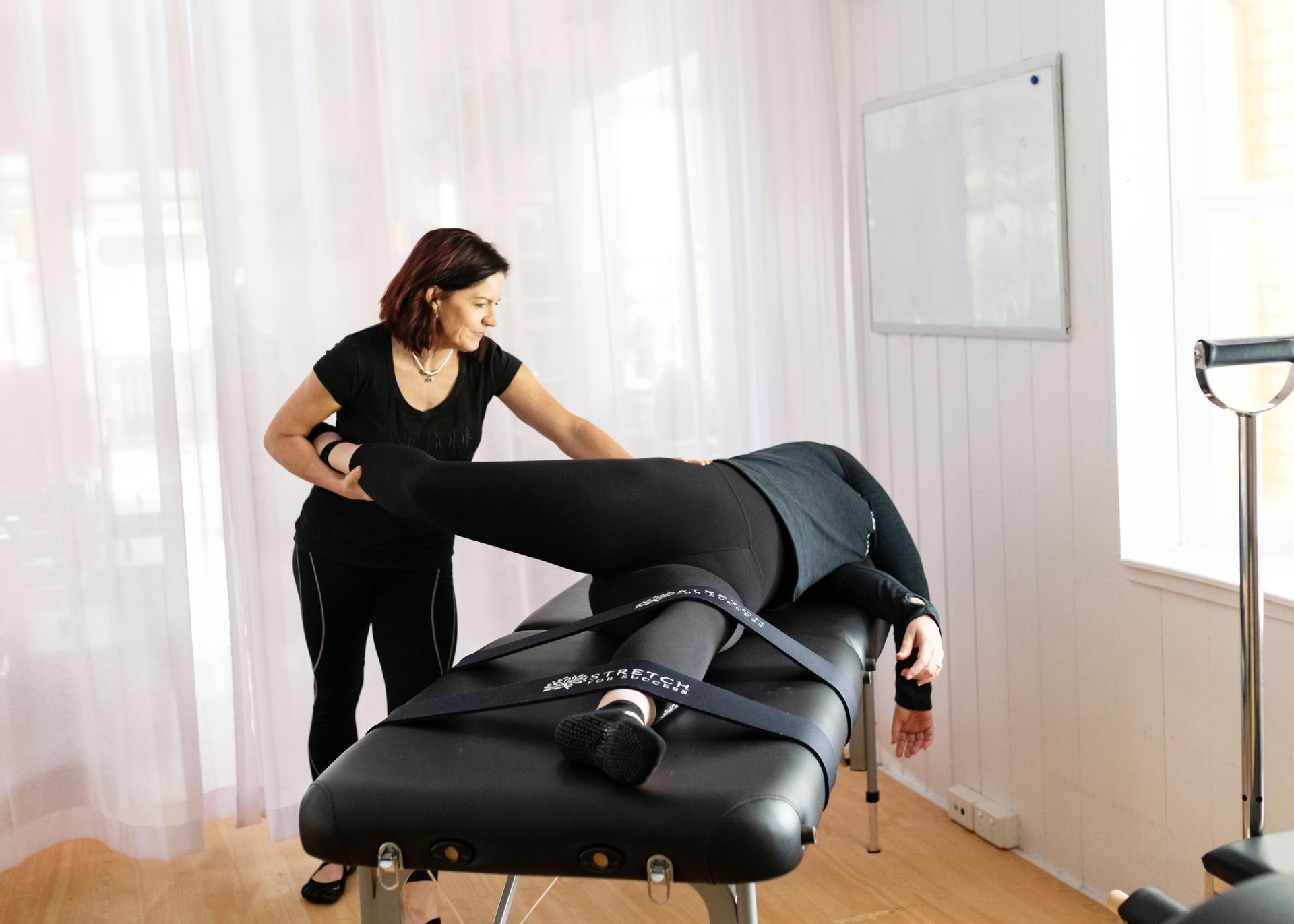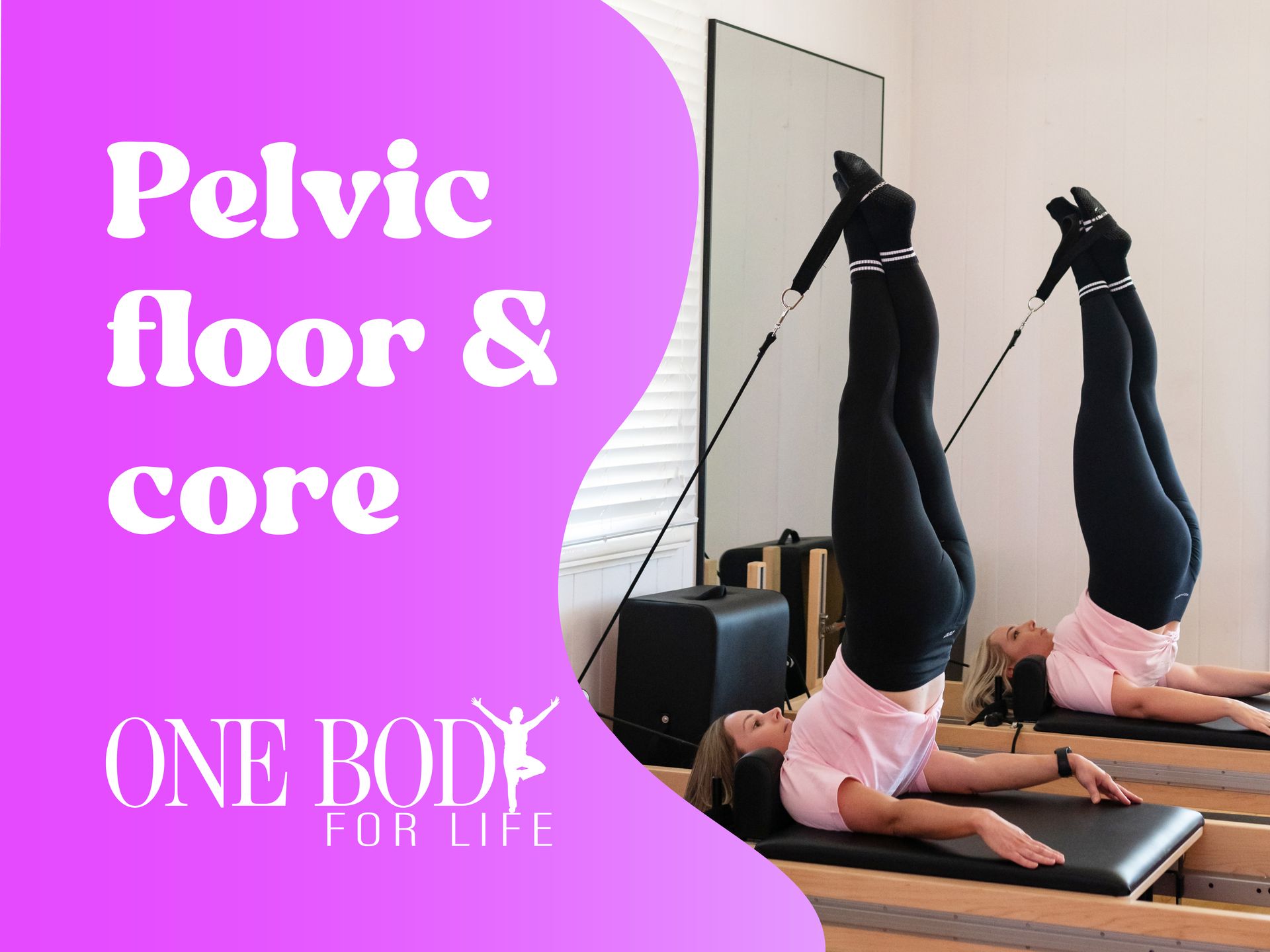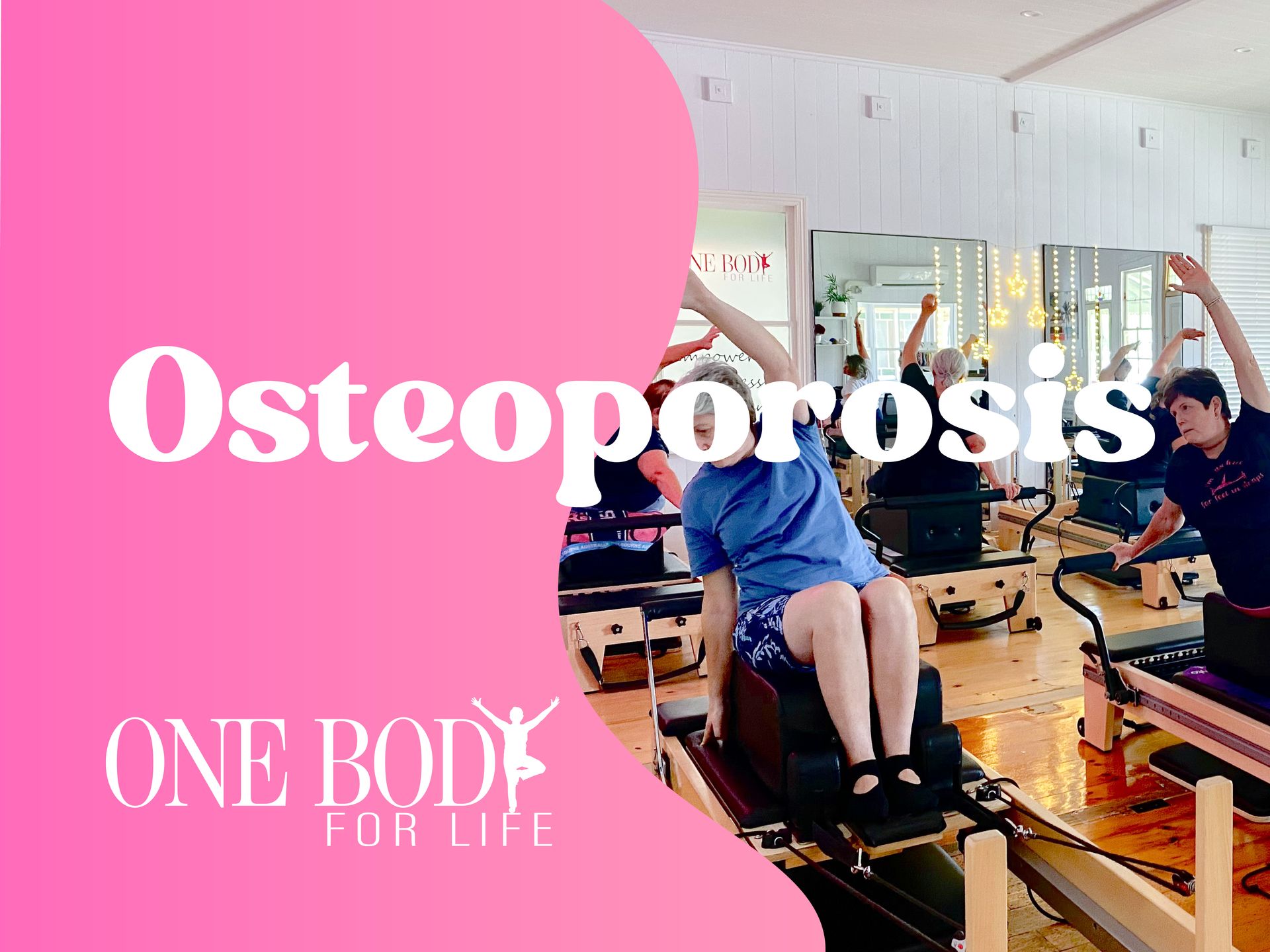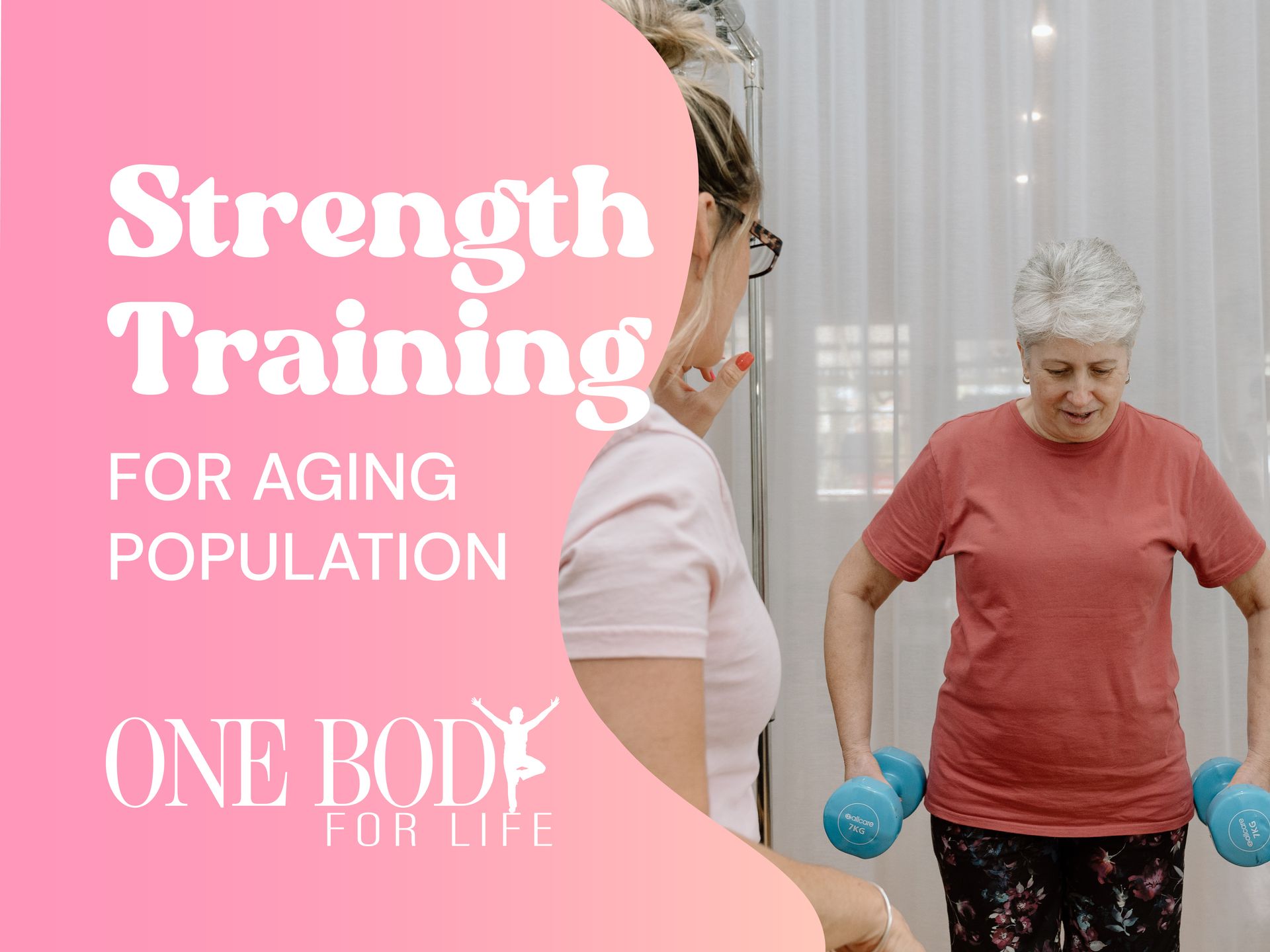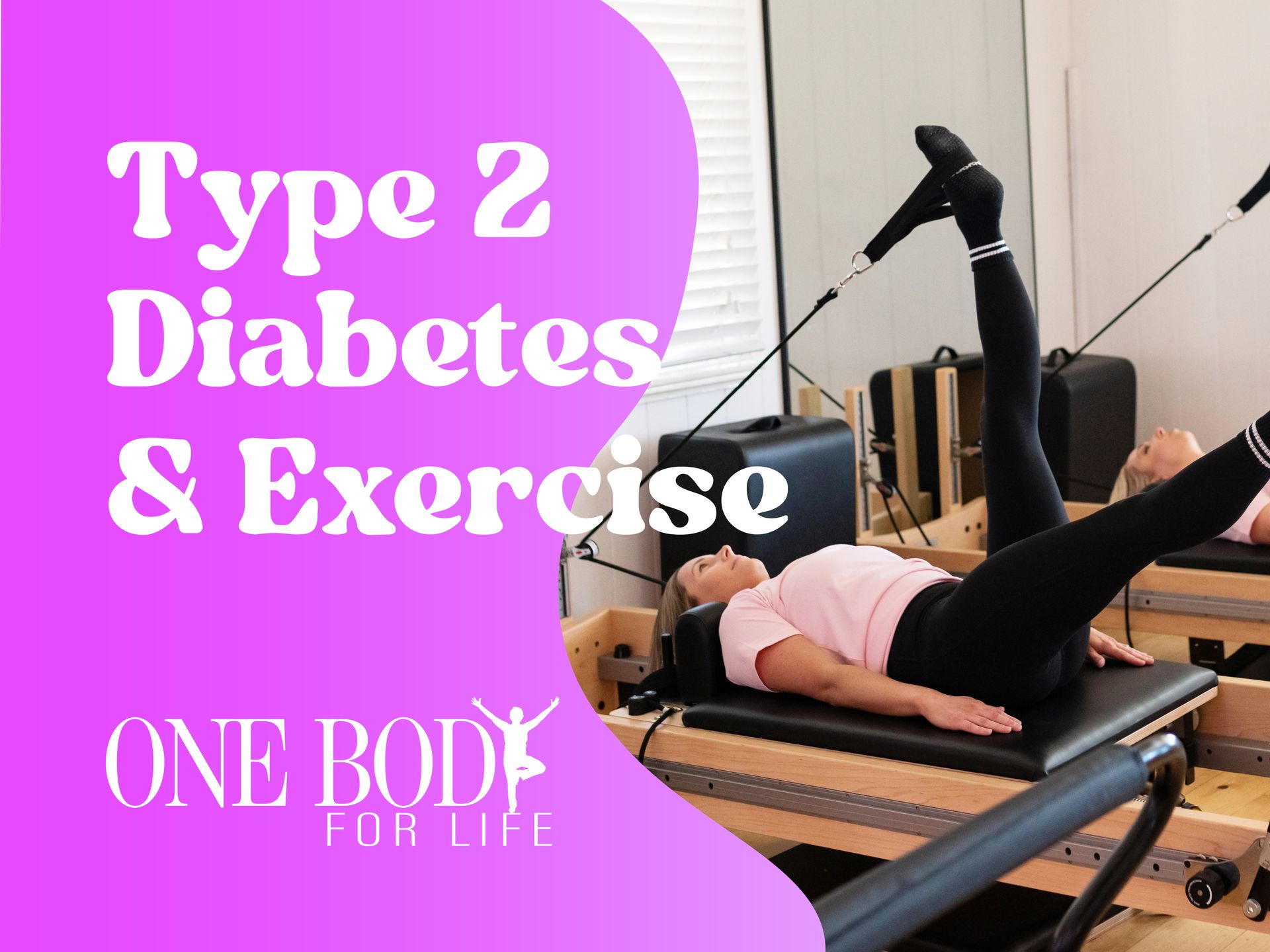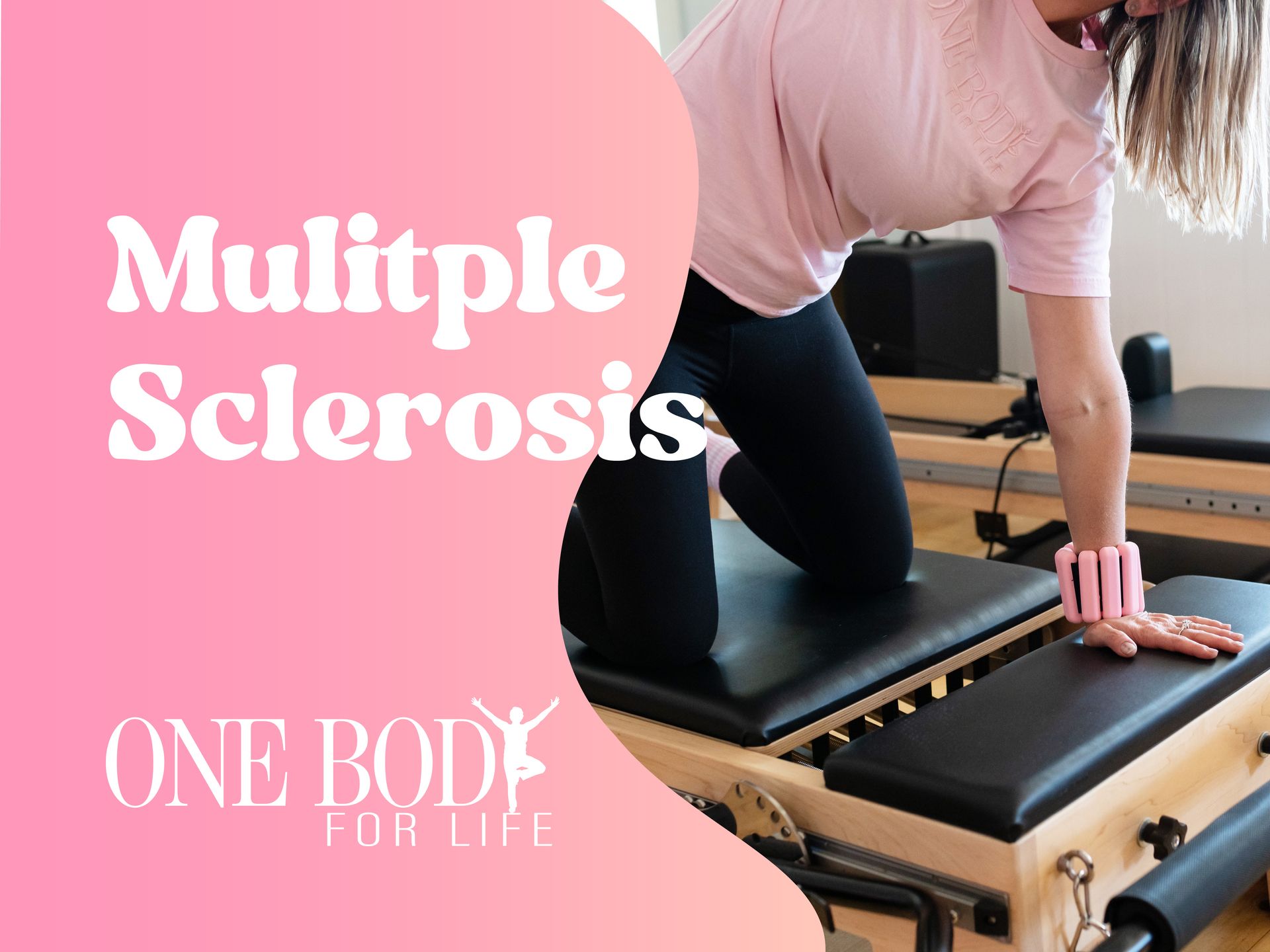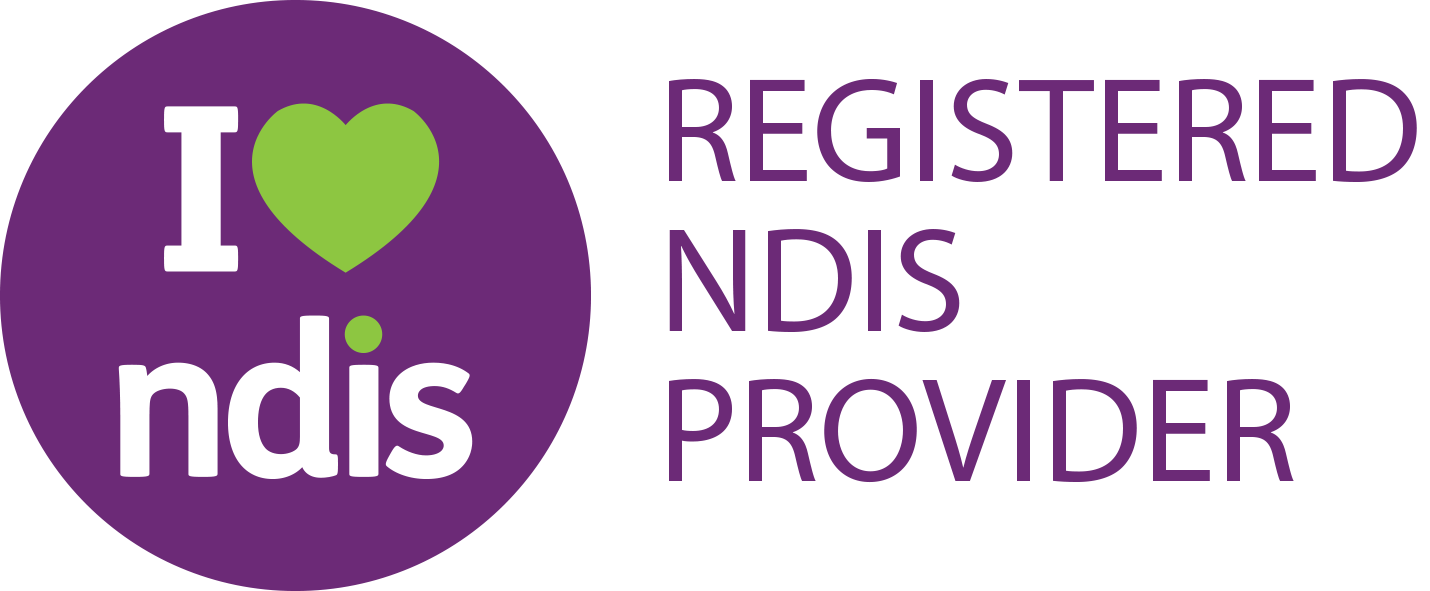Back Pain
Managing Lower Back Pain
Do you often find yourself wincing in pain after a long day at work or struggling to get out of bed in the morning due to lower back discomfort? You are not alone. Lower back pain affects millions of people worldwide, impacting daily life and diminishing quality of life. In fact, approximately, 1 in 6 Australian’s suffer from a back related problem every year. 80% of Australian’s will experience lower back pain at some stage in their lifetime. Lower back pain is one of the most common conditions our exercise physiologist’s see in studio. However, there's good news – relief may be closer than you think.
Understanding Lower Back Pain
Lower back pain can stem from various factors, including poor posture, muscle imbalances, injury, or sedentary lifestyles. It often results from weakened core muscles, which are crucial for supporting the spine and maintaining proper alignment. This is where exercise physiology and Pilates come into play.
Pilates: More Than Just Exercise
Pilates is a form of exercise that focuses on strengthening the core muscles, improving flexibility, and enhancing overall body awareness. It emphasises controlled movements and proper alignment, making it an ideal choice for those with lower back pain.
Pilates can help alleviate discomfort by:
- Strengthening Core Muscles: Pilates targets the deep muscles of the abdomen and back, providing stability and support to the spine.
- Improving Flexibility: Tight muscles can contribute to back pain. Pilates helps lengthen and stretch muscles, reducing tension and improving range of motion.
- Enhancing Posture: Poor posture is a common cause of lower back pain. Pilates emphasises proper alignment, helping to correct posture and reduce strain on the back.
The Role of Exercise Physiology
- Exercise physiology focuses on the science of exercise and it’s impact on the body. Exercise physiologists are trained to design tailored exercise programs to address specific needs, such as lower back pain. They can:
- Assess Your Condition: An exercise physiologist can evaluate your posture, movement patterns, and muscle imbalances to identify the root cause of your pain.
- Create Customised Programs: Based on their assessment, they can create a personalised exercise program to target weak muscles, improve flexibility, and enhance overall function.
- Provide Education and Support: Exercise physiologists can educate you on proper body mechanics and lifestyle modifications to prevent future injuries and manage pain.
Combining Pilates and Exercise Physiology
By combining exercise physiology with Pilates, you can experience a professional &; experienced approach too managing and alleviating lower back pain. Pilates can serve as the foundation for your exercise program, while the expertise of an exercise physiologist can help you optimise your workouts for maximum benefit.
Exercise is very good for lower back pain and the best is the one that the person will do and stick with over time. For example, walking, Pilates, swimming &; gym all have similar effects for lower back pain and are equally safe so people should pick the exercise they prefer.
Unfortunately, many people are given frightening information about certain exercises. They may be told that they need to do a particular exercise to help themselves, but this particular exercise is generally overcomplicated and difficult to perform. Activities deemed to be bad like running on the road and swimming the breaststroke have not been linked with lower back pain. All these activities may be sore initially, but they make your back healthier and stronger. They don’t wear
it out.
Exercise is the only current approach that can prevent recurrence of lower back pain. It almost halves the risk of recurrence. The longer the person can do the exercise for, the better results they will get.
Remember it is the person that needs treatment not just a spine.
The common view is that lower back pain is always a sign of injury or damage. While in some cases it is (for example a broken bone, bruising from a trauma), we now know that lower back pain can be triggered or increased by non-physical factors which are common in our lives also. These triggers can be psychological (thinking you will not get better, depression, stress, fear of movement), health related (being tired and run down, low energy), lifestyle related (sleep problems, low levels of physical activity, being overweight, smoking) or social (money problems, poor relationships or support at work or home, low job satisfaction, stressful life events like a death or illness).
These triggers are also linked to lots of other health conditions. Each person’s lower back pain story will be different and involve different mixes of factors. Trying to tease out this puzzle could help a person better understand their triggers. This is like understanding triggers for a headache or feeling down or having an irritable tummy. Lower back pain is never psychosomatic or imaginary: it is always 100 percent real, but types of triggers will vary.
Conclusion
Taking steps to improve your overall health may reduce your risk of low back pain. Getting enough sleep, getting more active, being a healthy weight, giving up smoking, spending time with people who make the person happy, reducing work and life stress, are all sensible and cheap ways to treat low back pain and reduce the risk of recurrence.
If you're tired of living with lower back pain, consider incorporating Pilates and exercise physiology into your routine. These practices offer a safe, effective, and enjoyable way to strengthen your body, improve your posture, and reclaim your life.
Say goodbye to discomfort and hello to a healthier, happier you.
Ready to get started? Contact us today to learn more about how we can benefit you and help with your lower back pain.
References: 1. Australian Institute of Health and Welfare. 2021. Back problems, what are back problems? – Australian Institute of Health and Welfare. [Online] Available at: www.aihw.gov.au/reports/chronic-musculoskeletal-conditions/back-problems/contents/what-are-back-problems [Accessed 15th April 2024].
Back Pain
Back pain, whether it’s acute or chronic is absolutely no fun. From utterly devastating (meaning you can’t move), to the annoying niggle that you put up with because it is “just always there”.
Exercise Right states that 80% of Aussies will be affected by an episode of back pain at least once in their life yes, 80%! Which means that you can probably relate to some form of back pain. Maybe you’re experiencing it now or perhaps, you live with it every day. There’s every chance that either you, or someone you know, is in the
position where back pain rules their life. It dictates all of the things that they can and can’t do. There’s also a really good chance it makes you (or them) miserable.
Back pain can arise from a number of things such as an injury, chronic conditions or degeneration (which is a very normal part of ageing) of the spine. However, more commonly, it is a product of the kind of environment we live in today. We spend long hours sitting, usually in front of a screen. We have an abundance of convenience,
resulting in a significant drop in how active we are day to day. We probably also live high stress lives and lack
quality sleep, which can contribute to our experience of pain.
Chronic pain is an incredibly complex issue. The human body is so very intelligent and will pull out every trick possible to keep us safe. Pain is the simplest way to tell us “Stop what you’re doing”. Hence why we somewhat instinctively feel that movement and exercise is not “safe” if our back is hurting.
I’m here to tell you that exercise and movement is incredible medicine for back pain, niggles and stiffness. It is also, one of the leading preventative measures for avoiding future back pain or reducing flares, especially when it’s prescribed by a professional who understands this and knows how to deliver safe exercise for every
individual. There is more research now than ever before into the benefits of exercise prescription for the
management of back pain (and pain in general).
As an Exercise Physiologist, there’s a few things I like to consider when helping you manage your back pain.
- Posture: what is your default posture, how could this be impacting pain levels?
- Deep abdominal control or “core activation”: are these muscles working as an effective team to support you?
- Glute involvement: do you have the strength for great everyday function?
- Movement patterns: do you move efficiently?
- Muscular tightness: are there areas of tightness making your posture poor or limiting good/optimal movement?
- Muscular weakness: can we improve any of the above by developing strength and endurance of muscles?
- The final, but most important things that I consider….
- What would you like to be able to do that you currently can’t do?
- How would you like your back to feel?
- How important is achieving these things to you?
Because at the end of the day, the value you place on having control of your life and being able to participate in active things like walking your dog, playing with the kids, overseas travel, playing sport, cleaning the house, feeling energised and comfortable throughout the day is the key factor in positive results.
If you have a cranky back and would love to experience some positive results, let our team here at One Body support you on that journey. Call
5516 8410 today!

